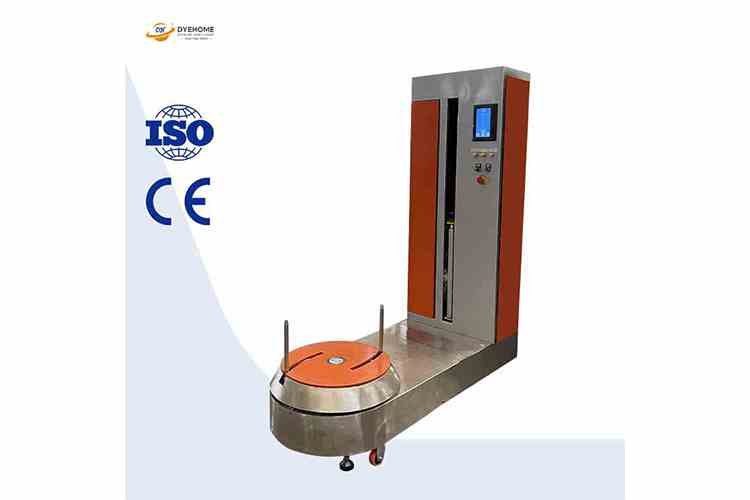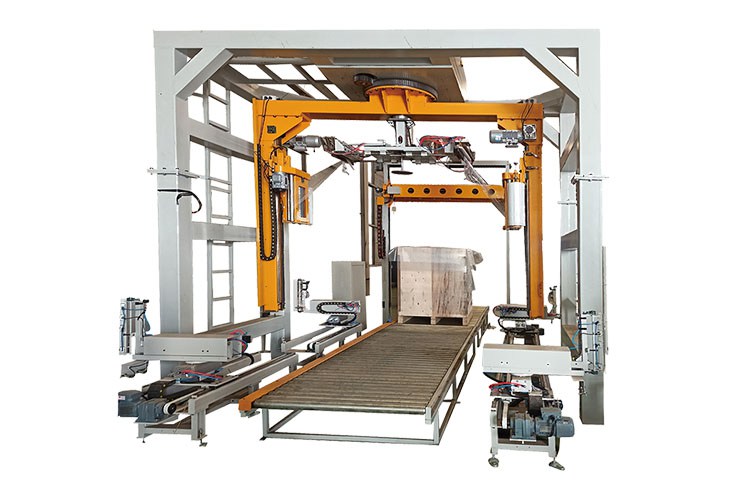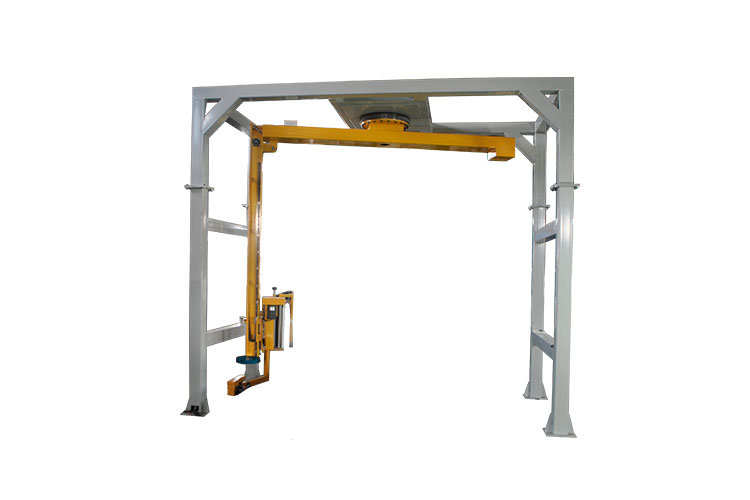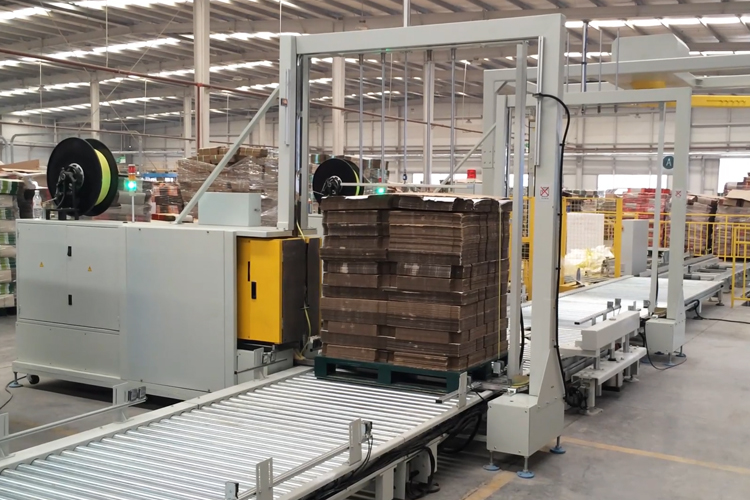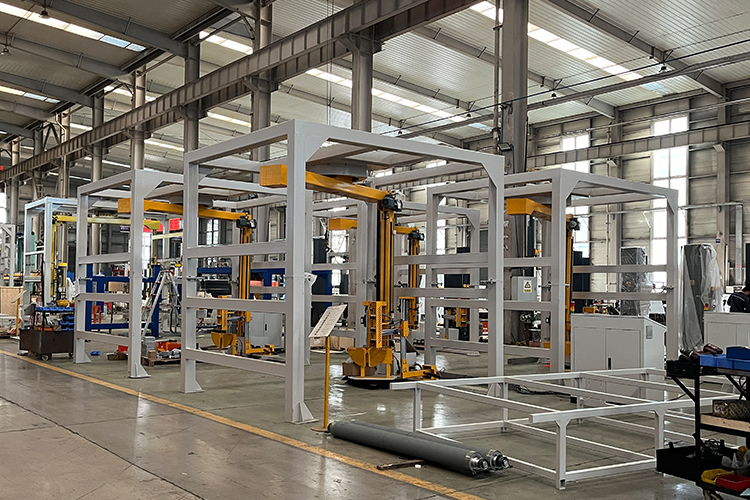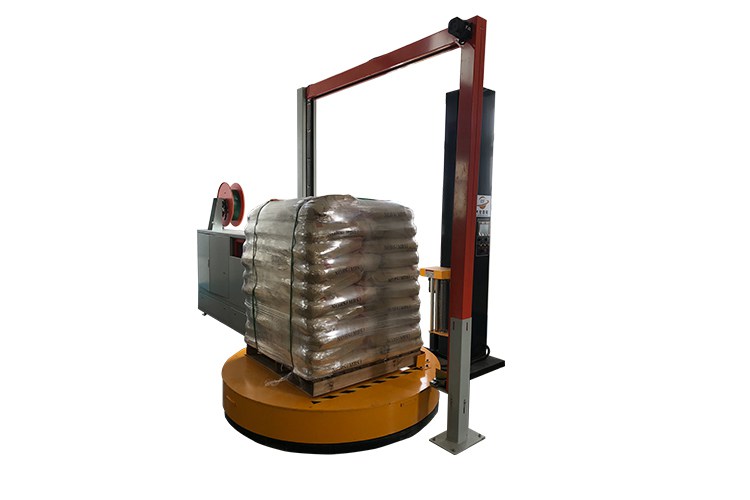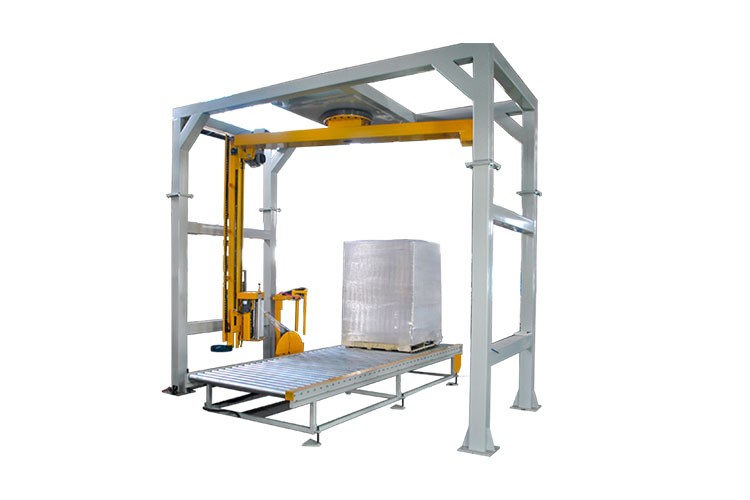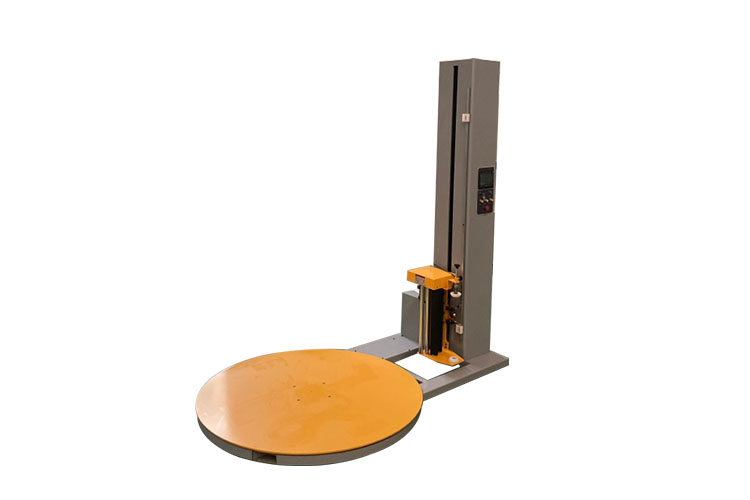Is pallet wrapping still done manually? Turntable wrapping equipment helps companies boost packaging efficiency.
Date: 2025-08-01Id:319Views:
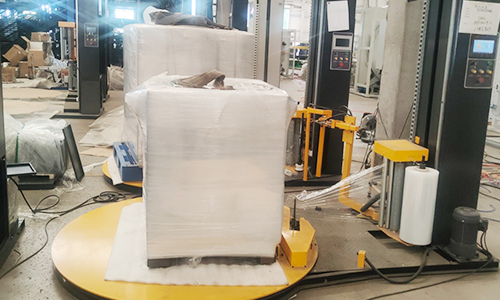
Manual wrapping presents significant challenges, hindering packaging efficiency.
In manufacturing, warehousing and logistics, and e-commerce sorting, pallet wrapping is a critical step before every shipment is shipped. Many factories still rely on manual wrapping for palletized goods. This process is cumbersome, labor-intensive, and results in inconsistent packaging and extremely low efficiency. Especially with high shipment frequency and large order volumes, manual methods have become the biggest obstacle to accelerating shipments. To address this common industry issue, turntable wrapping equipment, with its automation, high efficiency, and standardization, has rapidly gained adoption across various industries, effectively improving packaging efficiency and protecting goods. A sophisticated structural design automates the packaging process with one click.
The turntable structure, a classic solution for film wrapping equipment, rotates the pallet 360 degrees to achieve multi-layer, cross-wrapping. Combined with the coordinated lifting of the upper and lower film racks, the equipment wraps the entire pallet from bottom to top. Equipped with pre-stretched film rack technology, the equipment achieves a maximum stretch ratio of 250%, significantly saving consumables. Parameters such as turntable speed, tension, and lifting speed can be freely adjusted to suit the packaging characteristics of different products, preventing problems such as loose film wrapping and loose goods. For example, the TP1650F-L supports a maximum cargo height of 2400mm and a load capacity of 2000kg. It can achieve a wrapping efficiency of over 30 pallets per hour, making it a leading model for medium- and high-frequency shipments. The intelligent control system is stable and reliable, supporting a variety of expanded functions.
The entire wrapping process is controlled by a PLC intelligent system. Operators simply place the pallet on the turntable, set the number of wrapping turns and tension parameters, and the machine instantly starts the entire packaging process, including height measurement, wrapping, film cutting, and automatic resetting. This truly enables "drop and go, wrap and take away." Furthermore, users can also choose from modules such as automatic film cutting and caressing, a capping device, code scanning and labeling, and conveyor line docking to meet the needs of varying production line cycles and mixed packaging of multiple categories.
Widely applicable across various industries, it serves as an important starting point for packaging standardization.
This type of standardized wrapping machine is widely used in industries such as food and beverage, electrical and electronics, chemicals and building materials, hardware and plastics, and e-commerce warehousing. It not only improves packaging consistency and product image, but also significantly reduces labor costs, improves efficiency, and reduces consumables. It has become a key piece of equipment for companies upgrading their packaging operations to intelligent and standardized ones. Compared to manual wrapping, this equipment can save over 70% in labor costs and increase packaging speed by 2-3 times. Furthermore, through tension control and film stretching, it reduces film usage, helping customers quickly recover their equipment investment.
When transitioning to automated packaging, choosing the right equipment means finding the right balance between efficiency and cost.
In today's environment of rising labor costs and increasing shipment frequency, relying on manual wrapping is not only unsustainable but also directly impacts shipping efficiency and customer experience. The use of turntable wrapping equipment doesn't just "take the work out of the way"; it's also a crucial tool for companies to standardize packaging processes and improve the stability of their logistics systems. For factories transitioning from traditional packaging to automation, choosing wrapping equipment with a mature structure and stable performance will help them find the optimal balance between efficiency and cost.
Related


